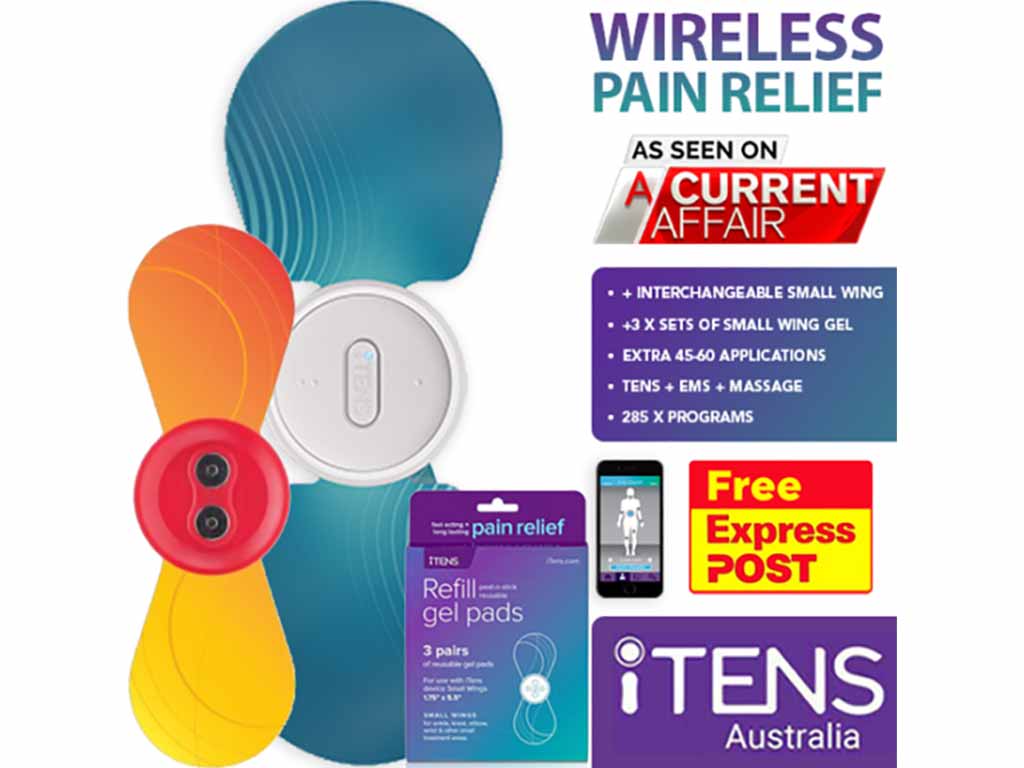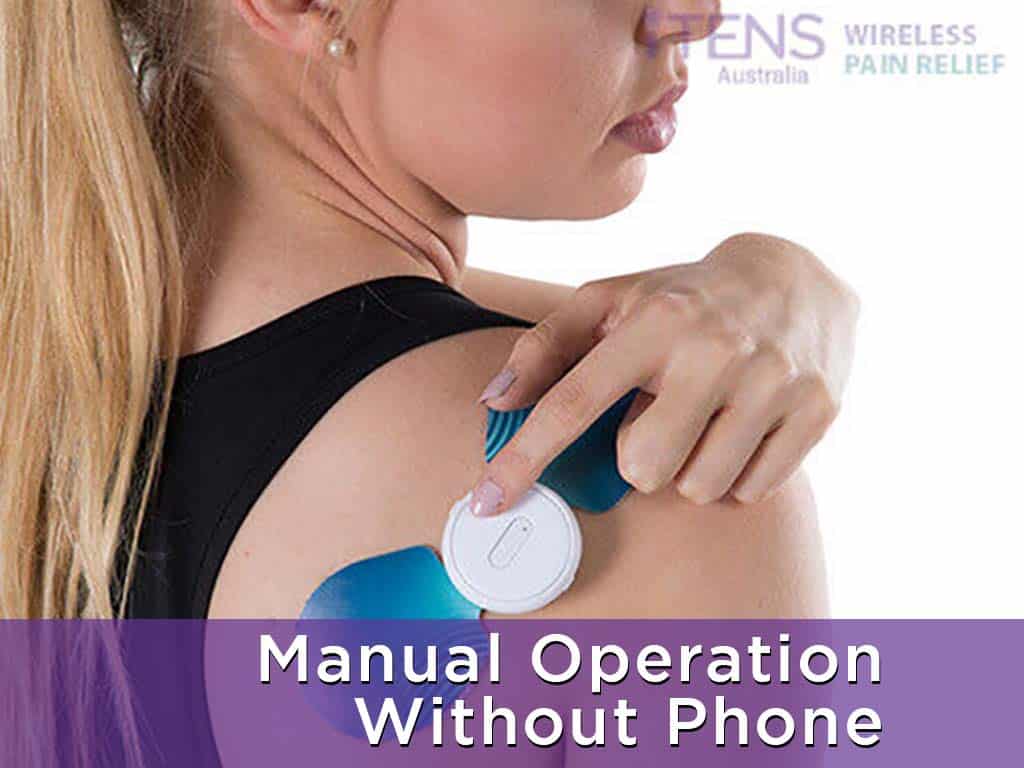
A Transcutaneous Electrical Nerve Stimulation or TENS therapy device is a medical device that uses electrical currents as a method of pain relief. It typically consists of electrodes that are attached to the skin. Accordingly, this medical treatment works in various mechanisms. Foremost, TENS blocks the transmission of pain messages to the brain. Also, it triggers the production of endorphins. Additionally, the electrical impulses can improve blood circulation in the treatment area.
There are various options available for pain treatment. It may include physical therapy, exercises, prescription medications, and surgery. However, these pain management tools may not always provide an adequate level of pain relief or come with adverse effects. Nevertheless, many individuals have turned to TENS as an alternative or supplementary treatment. It provides a promising and effective form of relief. This article will present the TENS therapy electrical device, how it works, and how to use it.
What is a TENS Therapy Device?
The TENS therapy device is a small, battery-powered device that delivers controlled electrical pulses to the body. It streams the electrical pulses through electrodes placed on the skin. Accordingly, it is a modern pain control solution that is favoured by a wide range of users. Pain clinics, pain specialists, medical professionals, and individuals commonly use TENS to treat medical conditions.
There are two primary types of TENS units available: traditional and wireless. Traditional TENS machines are connected to electrodes via physical wires. On the other hand, wireless TENS units offer a more convenient and flexible solution. It eliminates the need for lead cables, allowing users to move freely while receiving treatment. Individuals can control the electrical stimulation manually or on a smartphone.
When looking for a quality TENS unit, several key features stand out. Foremost, adjustable pulse settings are crucial. It allows users to customise the pulse rate, duration, and pulse amplitude. Secondly, usability is a significant factor. A user-friendly interface and clear instruction manual eliminate unnecessary hassle. Additionally, battery life and portability are meaningful to consider.
Treatable Conditions
- Acute pain: It typically arises suddenly and has a short duration. People experiencing menstrual cramps, tension headaches, and sports injuries can benefit from TENS.
- Chronic pain: It persists for longer periods. The condition can stem from arthritic pain, fibromyalgia, and backaches.
- Musculoskeletal discomfort: It affects the muscles, bones, ligaments and tendons. This type of discomfort includes conditions such as tendinitis, bursitis, and joint pain.
- Neuropathic pain: It results from damage to the nervous system. TENS proves to be a valuable treatment for sciatica, diabetic neuropathy, and nerve entrapment syndromes.
- Muscle discomfort: Sore muscles, muscle spasms, and achy muscles can benefit from TENS therapy.

How a TENS Therapy Device Works
Firstly, the TENS therapy device operates based on the Pain Gate Theory. It involves blocking pain signals from reaching the brain. When the TENS unit delivers electrical impulses to the nerve fibres, it essentially “closes the gate” for pain signals. It prevents them from passing through the spinal cord to the brain. Hence, this process helps diminish the perception of discomfort.
Secondly, TENS treatment encourages the production and release of endorphins. These are the natural pain relievers of the body. The electrical pulses stimulate the release of these chemicals. Endorphins bind to specific receptors in the brain that reduce pain perception. It is like how pain medications work but without any side effects. Nevertheless, the method lessens discomfort and promotes a sense of well-being.
In addition, the device boosts blood circulation in the treated area. Better blood flow delivers more oxygen and nutrients to the affected region. It accelerates the healing process and reduces discomfort. Accordingly, it also aids in flushing out waste products and toxins that may contribute to the ailment and inflammation. Therefore, this process facilitates recovery, particularly in areas with muscle soreness.
Benefits of TENS Treatment
Foremost, TENS excel in delivering targeted relief. Users can place the electrodes precisely on the treatment area. Secondly, TENS therapy is a non-invasive, natural pain relief. It eliminates surgical procedures or invasive treatments. Thirdly, TENS treatment is a drug-free pain relief. It is beneficial for individuals who prefer to avoid the potential side effects or dependency issues of medications.
Accordingly, TENS therapy is customisable. The level of control of the parameters ensures that each individual can find the correct settings to maximise relief. Lastly, TENS serves as an adjunctive treatment. It can be part of a broader pain management strategy.

How to Use a TENS Therapy Device
Using a TENS therapy device involves a series of simple steps. Begin by locating the treatment area and preparing the skin over it. Next, attach the self-adhesive electrodes securely on either side of the painful spot. Follow the proper pad placement for correct positioning. Then, connect the electrodes to the device using lead cables. In the case of a wireless model, link it via Bluetooth or similar connections.
Afterwards, turn on the TENS unit. Individuals can modify the treatment settings. Typically, they can adjust the frequency, intensity, and duration of the electrical stimulation. Some models have pre-set programs. Hence, choose the program that suits the specific condition. Health professionals recommend starting with the lowest settings and gradually increasing to a strong but comfortable sensation.
The length of the session can vary. Usually, it ranges from 15 to 30 minutes. Users may experience immediate relief during the session, but some might find pain decreases significantly after several treatments. After the therapy, turn off the TENS unit, disconnect the electrodes, and carefully remove them from the skin. Store the device and its accessories properly for future use.
Safety Guidelines
Before starting TENS therapy, one should consult with a healthcare professional. It is especially vital for individuals with pacemakers, pregnant women, or those with certain medical conditions. Accordingly, clean and dry the skin of the treatment region to avoid skin irritation. Do not place the electrodes on the head, eyes, mouth, throat, chest, bony prominences, and broken skin.
Additionally, avoid starting the treatment in high settings. It may cause electrical shock and further discomfort. Moreover, adhere to the recommended therapy duration. Furthermore, operating a TENS device while driving, in water, or using heavy machinery is unsafe.
Conclusion
Overall, a TENS therapy device is a valuable tool for managing discomfort. It is a machine that delivers mild electrical pulses to the body as a method of pain relief. Professionals and individuals commonly use the unit. Accordingly, TENS treatment works in various ways. It blocks the pain signals, triggers the release of the natural painkillers of the body, and improves blood flow. TENS therapy can treat numerous conditions. It may include injuries, fibromyalgia, bursitis, sciatica, and muscle spasms.
Furthermore, TENS presents numerous benefits. It is non-invasive, drug-free, customisable, provides targeted relief, and can complement other treatments. Using the device involves a series of simple steps. Start by identifying the treatment region and preparing the skin. Then, place the electrodes, following the proper pad placement. Finally, turn on the device and modify the settings. However, knowing the safety guidelines is crucial for ensuring optimal TENS therapy experience.




















